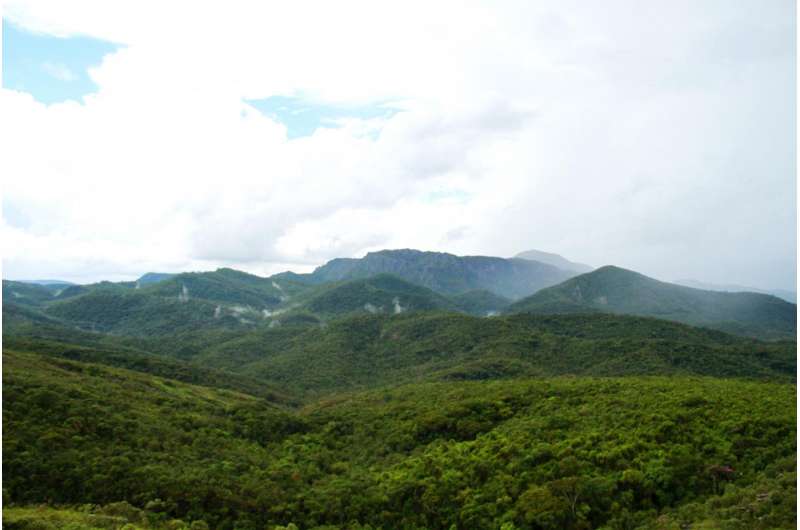A decade of monitoring shows the dynamics of a conserved Atlantic tropical forest

Characterised with its immense biodiversity and high levels of endemism, the Atlantic Tropical Forest has been facing serious anthropogenic threats over the last several decades, demanding for such activities and their effects to be closely studied and monitored as part of the forest dynamics.
Cattle farming, expanding agricultural land areas and mining have reduced the Atlantic Forest to many small patches of vegetation. As a result, important ecosystem services, such as carbon stock, are steadily diminishing as the biomass decreases.
Brazilian researchers, led by Dr. Écio Souza Diniz, Federal University of Viçosa, spent a decade monitoring a semi-deciduous forest located in an ecological park in Southeast Brazil. Their observations are published in the open access Biodiversity Data Journal.
The team surveyed two stands within the forest to present variations in the structure and diversity of the plants over time, along with their dynamics, including mortality and establishment rates. They based their findings on the most abundant tree species occurring within each stand.
At the forest stands, the most abundant and important species for biomass accumulation are concluded to be trees larger than 20 cm in diameter, which characterise advanced successional stage within the forest.
"It is fundamental that opportunities to monitor conserved sites of the Atlantic Forest are taken, so that studies about their dynamics are conducted in order to better understand how they work," note the scientists.
"The information from such surveys could improve the knowledge about the dynamics at anthropised and fragmented sites compared with protected areas."
In order to encourage further research into the composition, diversity and structure of the Atlantic Forest over time and the subsequent contributions to the preservation of this threatened ecosystem, the authors made their data publicly available. The datasets, including species occurrences, are now openly accessible via the Global Biodiversity Information Facility (GBIF) and the biodiversity informatics data standard Darwin Core.
More information: Écio Diniz et al, Long-term monitoring of diversity and structure of two stands of an Atlantic Tropical Forest, Biodiversity Data Journal (2017). DOI: 10.3897/BDJ.5.e13564
Provided by Pensoft Publishers




















